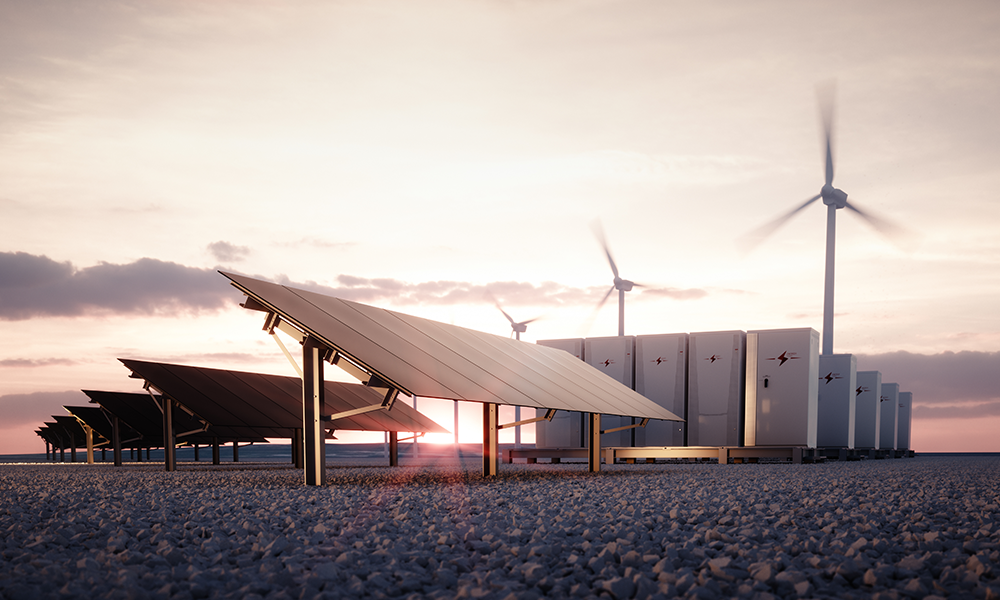
Today, there is a small island off the coast of Maine that is a stunning example of the potential for microgrids to supercharge our energy transition.
The island, which currently gets electricity via underwater cable from the mainland, is shifting to a solar-powered, algorithm-based grid where energy is stored in supercapacitors and excess electricity is transformed into hot water to heat buildings.
Microgrids are emerging as a crucial answer to two of the central challenges of electrification: affordability and reliability. In New Caledonia ENGIE EPS supplied to EEC, the ENGIE entity acting as electric utility on the island of Lifou, a 5MWh storage system for the “Lifou 100% Renewable Energy by 2020” project to cover Lifou Island’s total energy consumption with solar PV and wind power generation.
ENGIE EPS’ technology will allow the stabilisation of these green energies, which are intrinsically intermittent, assuring their safe integration by storing the excess energy provided by the solar and wind power plants and returning it to the energy network when needed. The innovative energy management system implemented by ENGIE EPS will allow to switch off the island’s biodiesel generators when the energy demand is fully covered by the solar or wind production, without any risk for the stability of the network, transforming the Lifou electrical system in a renewable-powered microgrid.
Solutions like these have become possible as both renewable energy and storage solutions are becoming cheaper.
Here are some other benefits: